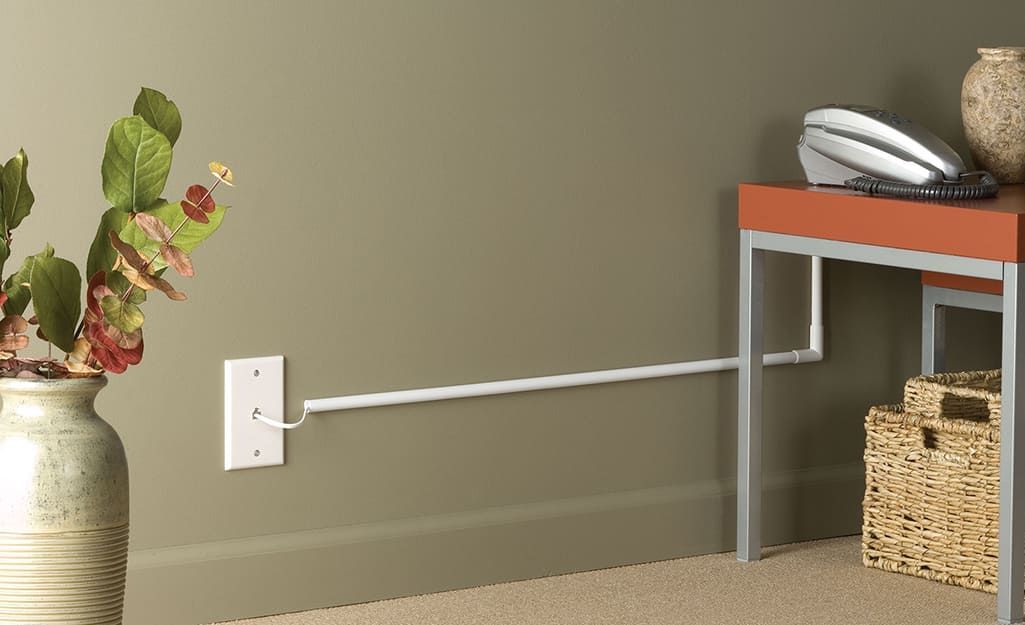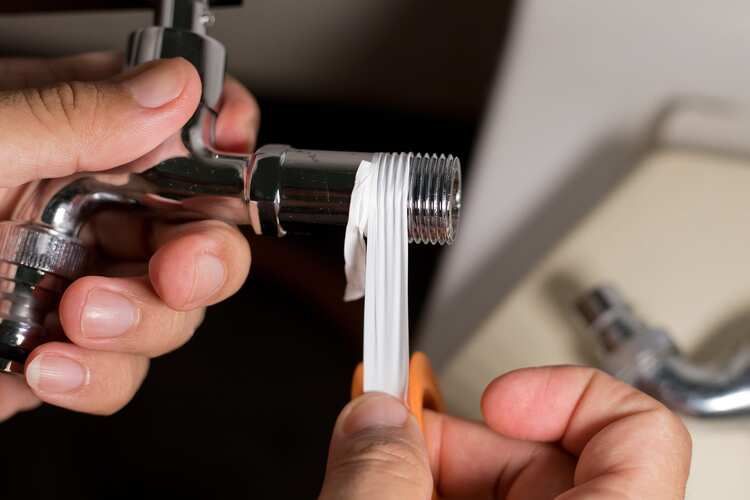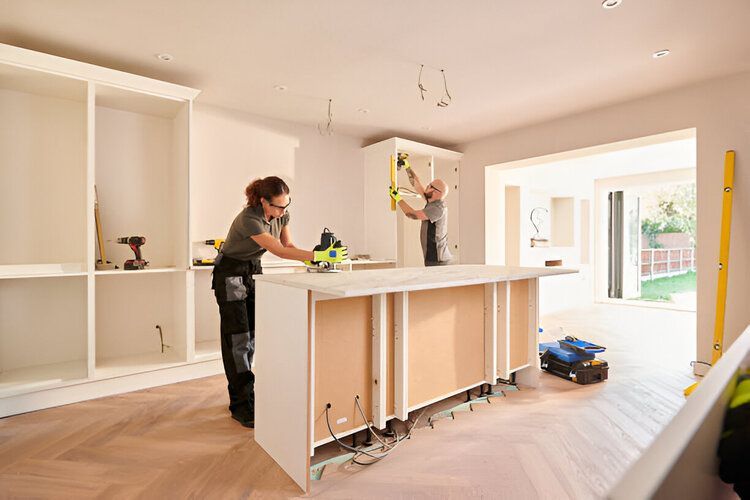How to Hide Cords Effectively

In today’s hyper-connected world, electronics are crucial for pretty much every type of home. What is unnecessary, however, is a tangled mess of cables in every room of your house. Take time to rethink all the piles of wires throughout your home. You could investigate simple cable management options like fasteners, USB charging stations, and Velcro strips to keep cords tidier. You can also use cable storage boxes that not only help you hide unsightly cords, but also provide additional physical protection for your surge protectors and extension boxes. For things like entertainment centers, it may be worth investigating hidden cord systems in your walls for permanent electronic fixtures in your home. Contact us for help keeping your electronics organized more safely and more attractively.






Services
Areas We Are
Westchester
Orange
Sullivan
Rockland
Putnam
Dutchess
All Rights Reserved | Intel Home Inspections
Website Design By Inspector Marketing365




